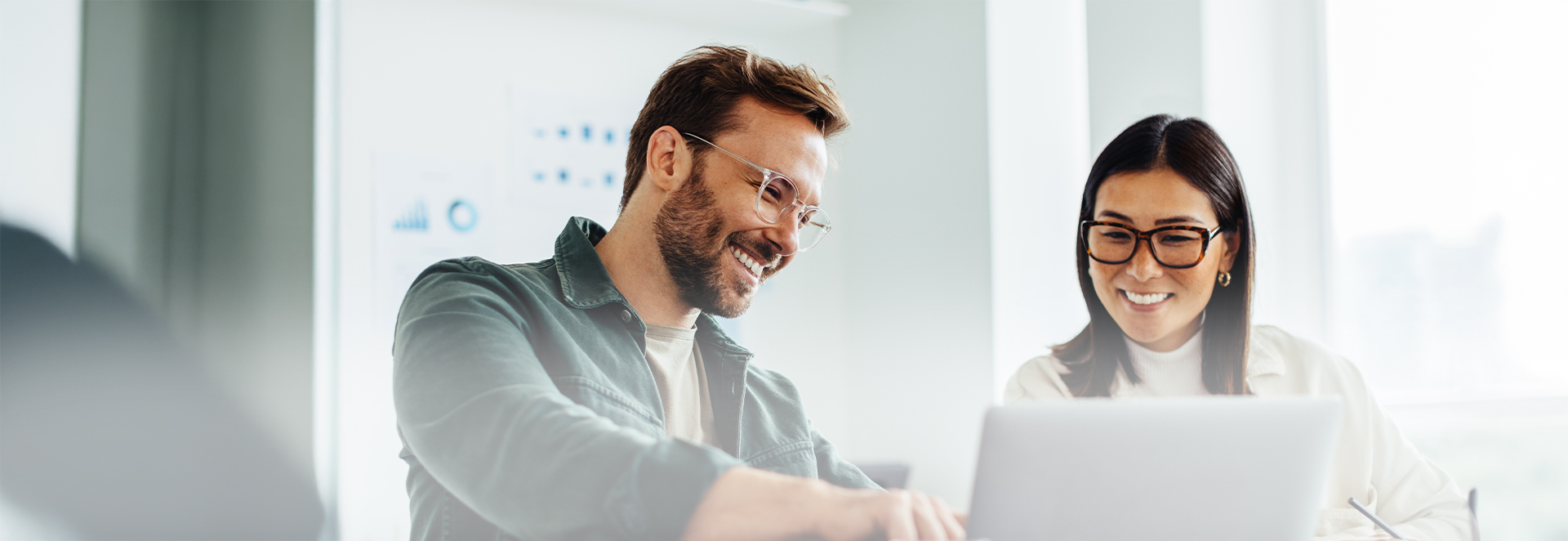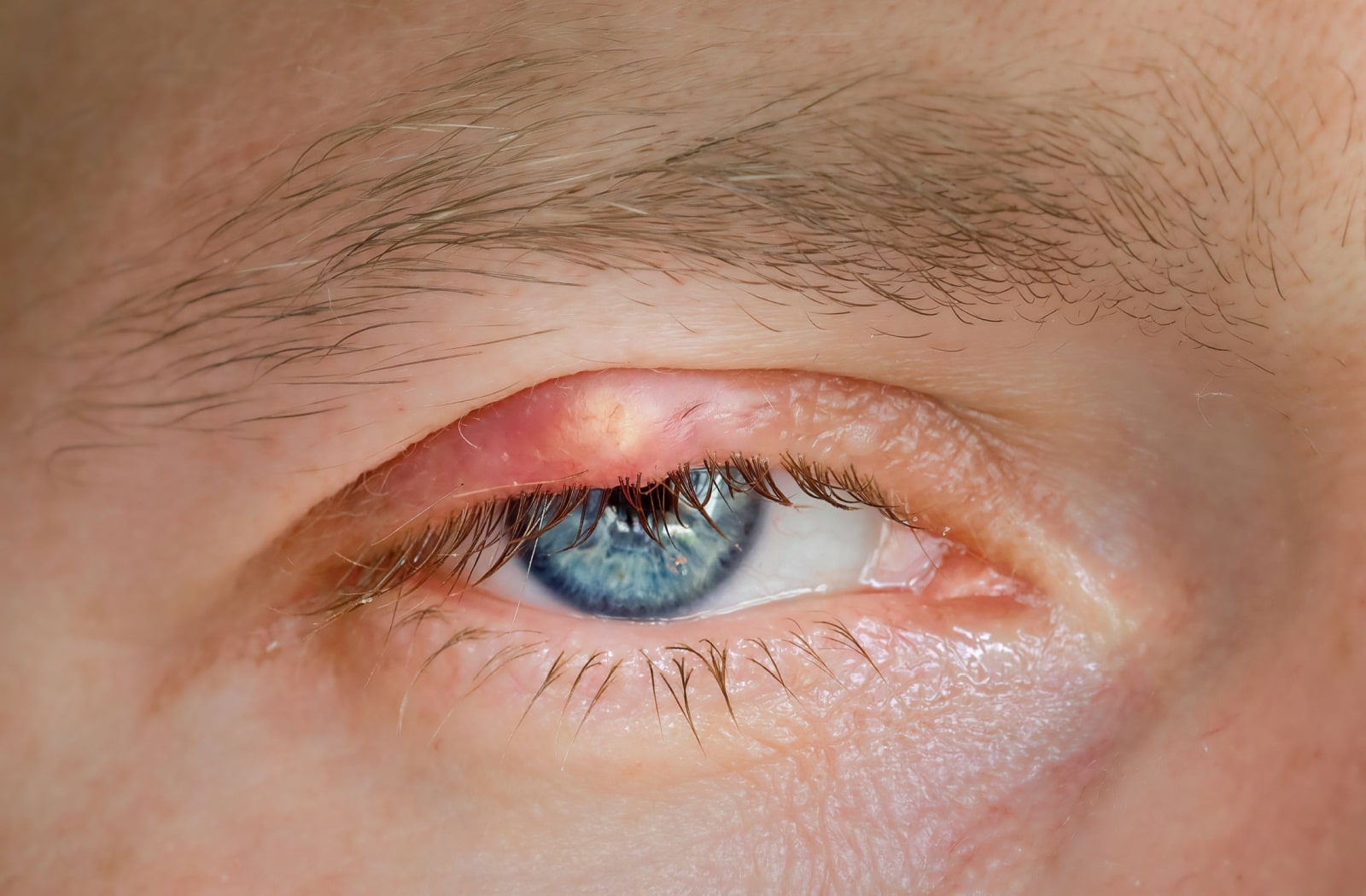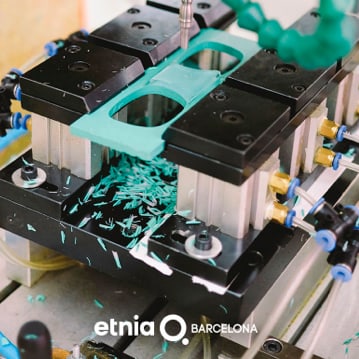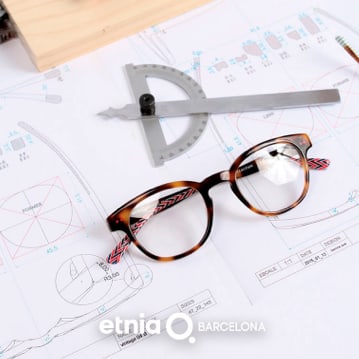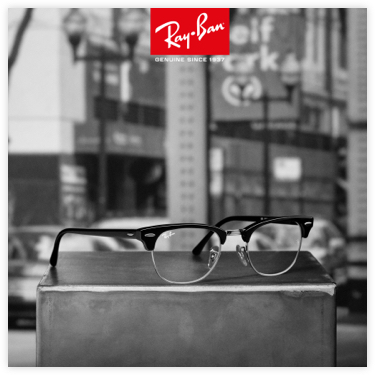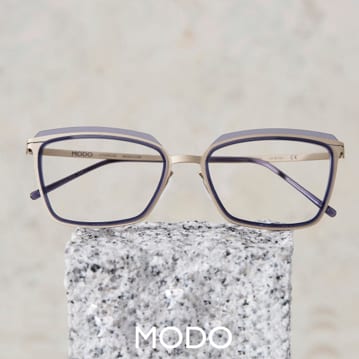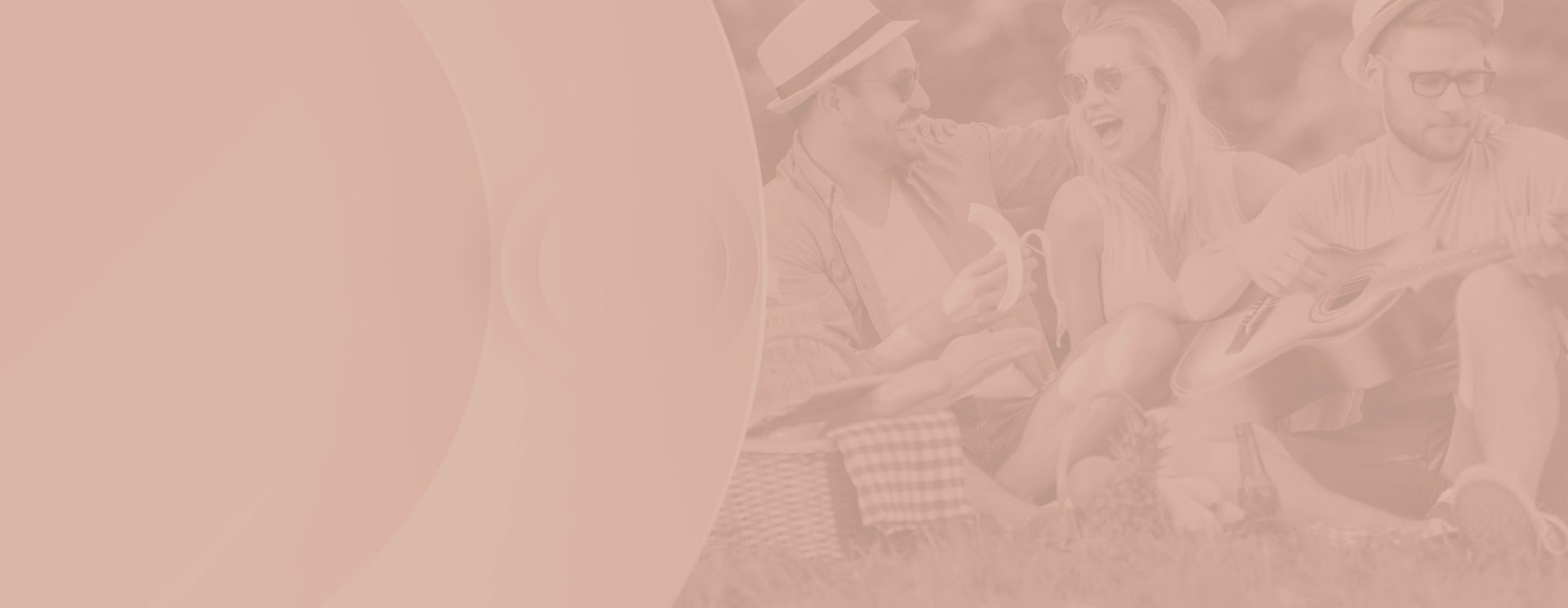An eyelid bump is not as straightforward as you may think, as you can present with several types of eyelid bumps. A yellowish bump on your eyelid could be a number of things: a stye, a chalazion, a milia or xanthelasma. They likely come from the buildup of protein or fats under the skin on the eyelids.
While most eyelid bumps present with no pain and can go away on their own, they can become painful or affect your vision. In that case, your eye doctor can perform an eye exam, accurately diagnose an eyelid bump, and recommend management or treatment.
Different Types of Eyelid Bumps
Eyelid bumps can come in several forms, each with its characteristics, and knowing the differences can help in determining the appropriate course of action.
Styes
A stye or hordeolum is among the most common eyelid bumps. They appear as painful and red bumps along the edge or margin of the eyelid. Styes often result from a bacterial infection. Treatment for styes can include a warm compress and antibiotic ointment. Symptoms of a stye can include:
- Sore eyelids
- Sensitivity to light
- Itchiness
- Watery eyes
Chalazion
A chalazion is another type of bump on the eyelid. Chalazion develops more in the upper eyelid from a blocked oil gland. Initially, a chalazion may seem like a stye but can be larger, less painful, and more persistent. Symptoms of a chalazion can include:
- Eyelid swelling
- Eyelid tenderness
- Itchiness
- Foreign body sensation
These sorts of abscesses may clear up on their own in a few days with some at home treatments we’ll get into later. However, if you are concerned or if they worsen, thats a good sign to see your optometrist for professional help. It’s also important to note that an undrained stye can turn into a chalazion.
Yellow Bumps on Your Eyelid
Other types of bumps on the eyelid that look yellow include milia and xanthelasma.
Milia
Milia are small, white or yellow bumps that can appear on the skin, including the eyelids. They are caused by trapped dead skin cells or keratin (a protein found in skin and hair) that result in a raised bump and are typically harmless.
Unlike other types of eyelid bumps, milia do not usually cause pain or discomfort and often disappear on their own. However, if they persist or start to increase in number, visit your eye doctor.
Xanthelasma
Xanthelasma is a type of yellow bump that can appear on the eyelid. Unlike styes and chalazia, caused by infections or blocked glands, xanthelasmas are often a sign of high cholesterol or fat beneath the skin.
These soft, yellowish plaques typically form under the skin on the inner corners of the eyelids and may be a cosmetic concern for some individuals. Treatment for xanthelasmas may include addressing any underlying health conditions, such as high cholesterol, and possibly surgically removing the plaques.
When to Seek Medical Attention
While most eyelid bumps are benign and self-healing, proper diagnosis and treatment are vital, especially when over-the-counter methods fail to offer relief.
Eyelid bumps like styes and chalazia generally aren’t cause for alarm and typically resolve without needing professional intervention. In rare instances, what appears as a simple bump might be a more serious condition requiring medical intervention. Certain symptoms may warrant a visit to your eye doctor:
- Persistent bumps that don’t go away on their own
- Increased pain or swelling
- Problems with vision
- Frequent recurrences
Eyelid Bumps Home Remedies & Prevention Tips
Several home and office remedies and preventative measures can help manage and potentially avoid future eyelid bumps.
Warm Compresses
Avoid popping a stye or chalazion, as this can increase your risk of an infection or spreading bacteria to the uninfected eye. Instead, applying a warm compress to the affected area for 10 minutes several times a day can help relieve discomfort and promote healing by loosening the blockages in the oil glands.
Drain the Bump
Your eye doctor can drain the fluid from an eyelid bump and prescribe an antibiotic cream. If bumps persist, surgery may be an option to remove the bump.
Good Eyelid Hygiene
Regularly washing your hands and face, especially before touching your eyes, can help prevent infections that lead to bumps. Rinsing your eyelids with warm water and a mild soap can help prevent chalazion.
Maintain a Healthy Diet
A balanced diet and healthy weight can help manage cholesterol levels and prevent xanthelasma.
Avoid Makeup & Contact Lens Wear
If you’ve developed a bump, give your eyes a break from makeup and contact lenses until it resolves to avoid further irritation.
Healthy Eyes & Vision
Discovering a yellow bump on your eyelid might initially cause concern, but these bumps are often harmless and treatable with simple home remedies. However, recognizing when a bump is not just a temporary nuisance but a sign to seek medical attention is crucial for your health and peace of mind.
Maintaining eye hygiene, being mindful of changes in your eye health, and consulting with your eye doctor when necessary can help keep your vision sharp and your eyes healthy. Book an appointment with Old South Optometry if you notice an eyelid bump or have concerns about your vision.

